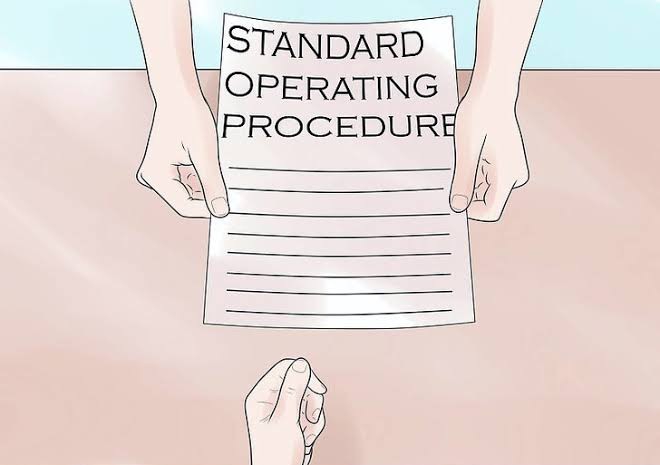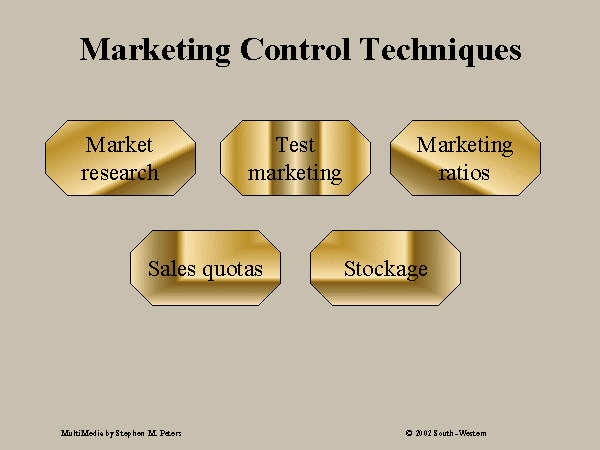Control is one of the managerial functions like planning, organizing, staffing and directing. It is an important function because it helps to check the errors and to take the corrective action so that divergence from standards are minimized and stated goals of the organization are achieved in desired manner. An effective organization is one where managers understand how to manage and control. The objective of control as a concept and process is to help motivate and direct employees in their roles. Understanding management control system and process is essential for the long- term effectiveness of an organization.
Simply put, management control is the process of assigning, evaluating, and regulating resources on an ongoing basis to accomplish an organization’s goals. To successfully control an organization, managers need to not only know what the performance standards are, but also figure out how to share that information with employees.
132 years old Nestle faced some issues related to control such as: issues related to child labour, raw material issues due to unexpected demand, ethical Issue (Nestle products were boycotted in United States in 1970s), and organization restructuring. Nestlé wants to be known as a ‘Respected, Trustworthy, Food, Nutrition, Health and Wellness Company’. The organization worked on strengthening their quality control systems. Quality improvement is a continuous improving of quality in manufacturing goods or services. The company used Six Sigma, and CQI: Continuous Quality Improvement and TQM: Total Quality Management controls for quality improvement.
Without enough control systems in place, confusion and chaos can devastate an organization. However, if control systems are “choking” an organization, the organization will suffer from erosion of innovation. Therefore, setting right controls is a must.
Management Control is a primary goal-oriented function of management in an organisation. It is a process of comparing the actual performance with the laid down standards of the company to ensure that activities are performed according to the plans. If not, then taking corrective action. Management controls are used daily by managers and employees to achieve the identified objectives of an organization. In simple words, management controls are the operational methods that enable work to proceed as expected. Most controls can be classified as preventive or detective. Some simple controls which we use daily in our lives are when we boot in our computer or our mobile phone it asks for a password which prevents unauthorized access to information.
A standard operating procedure (SOP) is a set of step-by-step instructions compiled by an organization to help workers carry out complex routine operations. SOPs aim to achieve efficiency, quality output and uniformity of performance, while reducing miscommunication and failure to comply with industry regulations. SOP is a documented control.
How do you write a standard operating procedure document? Step 1: Begin with the end in mind. Step 2: Choose a format. Step 3: Ask for input. Step 4: Define the scope. Step 5: Identify your audience. Step 6: Write the SOP. Step 7: Review, test, edit, repeat.
Often, management controls are documented in terms of policies and procedures. However, sometimes as an organization undergoes structural and functional changes, people within the organization create or adopt ways of ensuring that work proceeds normally. Many times, these methods (controls) are not documented. The purpose of a Management Control Review (MCR) is to evaluate the entire system or management controls to help a business unit to operate more efficiently and effectively, and to provide a reasonable level of assurance that the process and products for which you are responsible are adequately protected.
Every manager needs to monitor and evaluate the activities of his subordinates. It helps in taking corrective actions by the manager in the given timeline to avoid eventuality or company’s loss. Controlling is performed at the lower, middle and upper levels of the management.
Some features of controlling are:
- It helps in achieving organizational goals.
- Facilitates optimum utilization of resources.
- It evaluates the accuracy of the standard.
- It also sets discipline and order.
- Motivates the employees and enhances employee morale.
- Ensures future planning by revising standards.
- Improves overall performance of a firm.
- It also minimises errors.
Controlling and planning are interconnected for controlling gives an important input into the next planning cycle. Controlling is a backwards-looking function which brings the management cycle back to the planning function. Planning is a forward-looking process as it deals with the forecasts about the future conditions.
Let’s look at some common controls which are essential in each organization:
Financial Controls: The three most important financial controls are: (1) the balance sheet, (2) the income statement (sometimes called a profit and loss statement), and (3) the cash flow statement. And another most important is financial budgeting.
Marketing Controls: Some most common marketing controls are (1) sales analysis, (2) quality controls, (3) marketing budget, (4) ratio analysis, (5) marketing research, sales forecasting and (6) customer feedback.
Operational Controls: There are three major groups of activities performed by operations management, deriving from its planning or designing, organizing, and supervising functions. All activities involve considering assets, costs, and human resources, and are preceded by a thorough analysis of processes. Some common operational controls are (1) inventory stock taking, (2) route tracking, (3) goods in process, (4) production line control and (6) quality controls.
Human Resource Controls: Human resource management function involves the recruitment, placement, evaluation, compensation, and development of the employees of an organization. Some common HR controls are (1) Performance Appraisals (2) Disciplinary policies such as timing maintenance, behavioural code of conduct etc. (3) Training & Development control (whether training has been absorbed and after training job appraisal) etc.
Information Technology Controls: IT general controls (ITGC) are controls that apply to all systems, components, processes, and data for a given organization or information technology (IT) environment. (1) System and data backup and recovery controls, (2) Computer operation controls (3) Data governance & audit are some of the common IT controls in organizations.















































